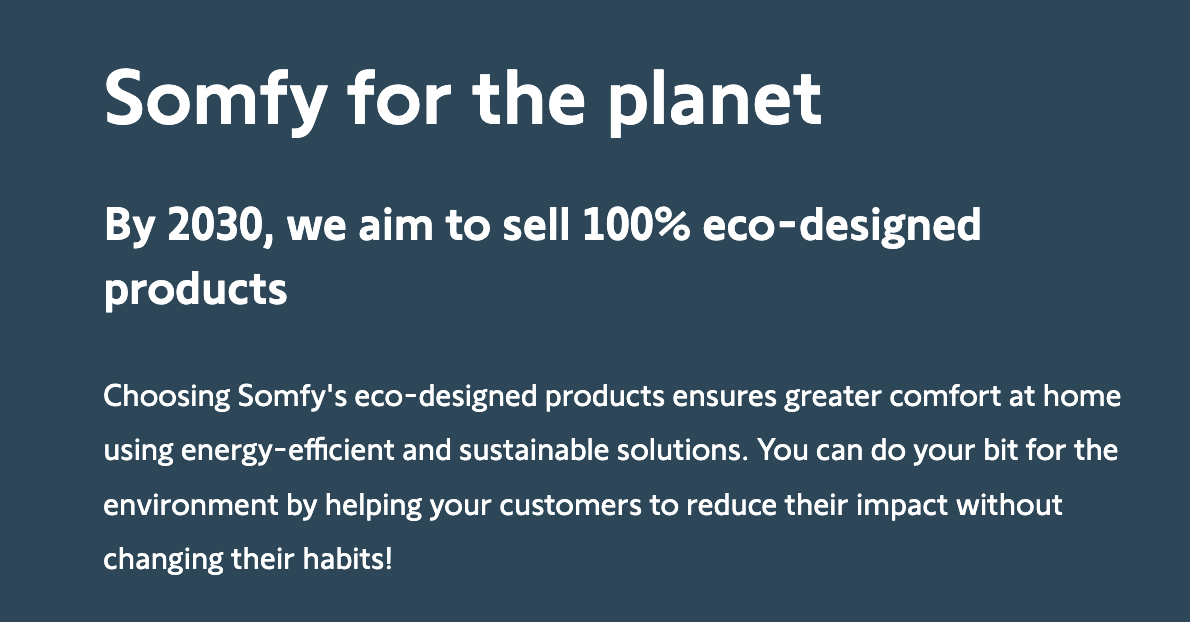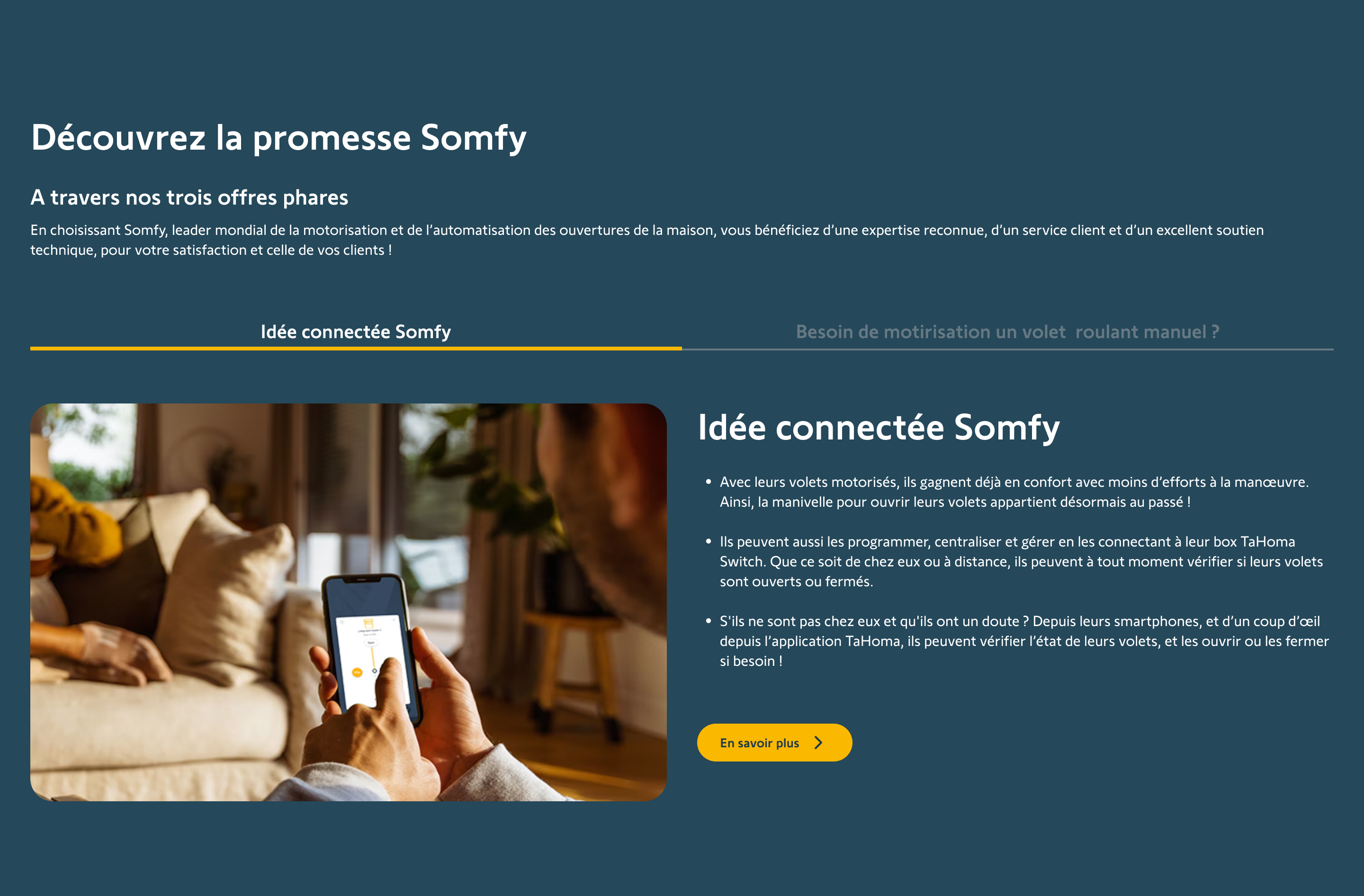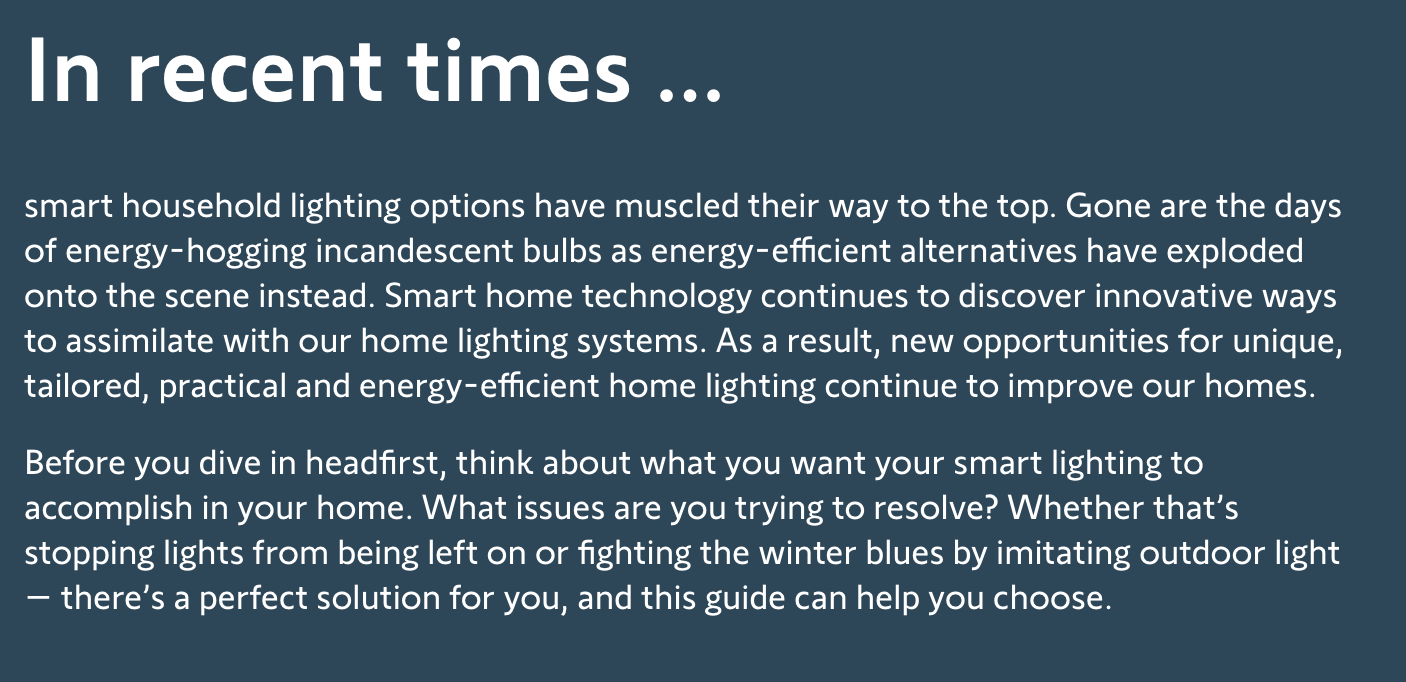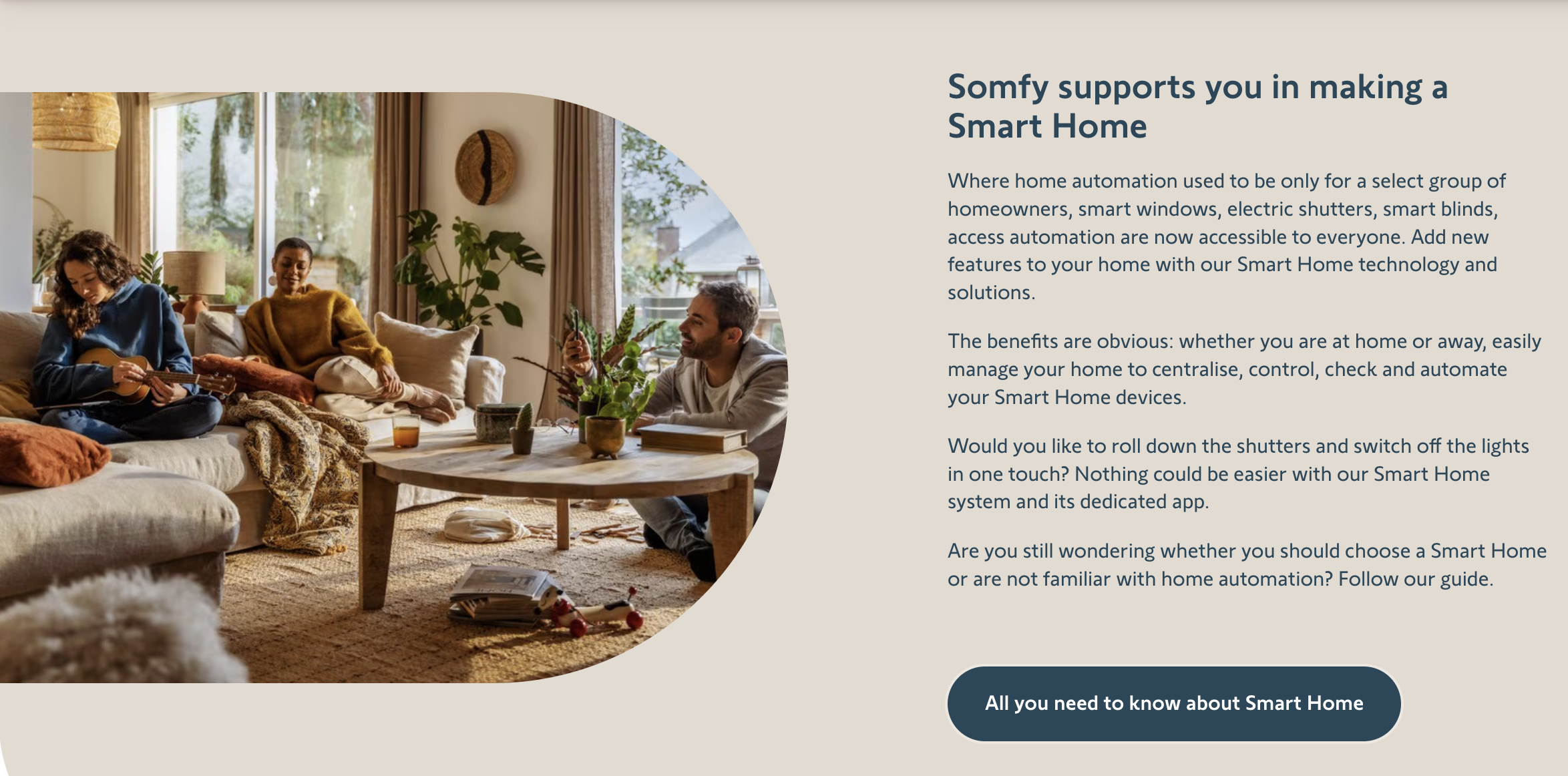Writing for the web
Scannable content
Page hierarchy
A good hierarchy helps to scan quickly and understand the structure of the page.
Use titles to give a clear summary of the page.
Use the inverted pyramid scheme to design your content structure where bigger titles enclose smaller blocks. And the more the user scrolls through the page, the more into details they get. [3]
When appropriate:
- Have a unique title of the page
- Have main sections/blocks (every 300 to 500 words)
- Have subsections if necessary
- CTA’s level should match block level (Primary Secondary, link)
Block titles
- Titles need to be to the point and short. They introduce what is detailed in the text below. If more context is needed, use subtitles.
- Head titles (displayed over block titles) are to be used sparingly.
Use head titles only when it helps the user scan the page. Keep it short, like a content tag.
- Subtitles (displayed below block titles) can be used when more context is necessary
Try this

Keep things short
Avoid this

Too many levels of titles decrease scannability
Short content
Write short and punchy titles
- Keep the content short (in some cases, halving the word count improved readability by about 58% [2])
- Cut overly detailed information
Try this

Keep things short and interesting
Avoid this

A centered, long title is hard to read and breaks the hierarchy
Easy to read paragraphs
- Avoid blocks of text that are too dense, as they discourage rapid reading when scrolling
- 2 to 4 lines per paragraph maximum
- Or 3 to 6 visual lines per block (e.g. in bulleted list)
Avoid this

Paragraphs that are too long are difficult to scan
Avoid this

Too much text overwhelms the reader
Left-aligned text
- Don’t mix “Left-aligned” and “center-aligned” blocks
- Avoid centered or justified text since it is harder to read
- Use left-aligned text. A consistent left margin makes reading easier [1]
Try this

Left-centered content is easier to read
Avoid this

Avoid mixing different text positionning
Sources and why’s
[1] : Design for readability : Use left-aligned text, Harvard University, Digital Acessibility (En)
[2] : How Users Read on the Web, NNGroup (En)
[3] : What is readability in UX Design, Interaction Design Foundation (En)